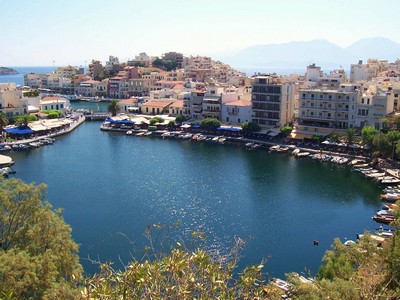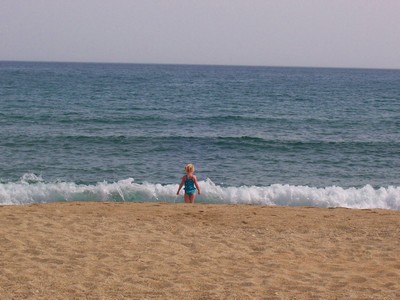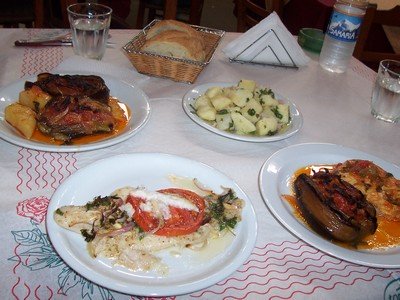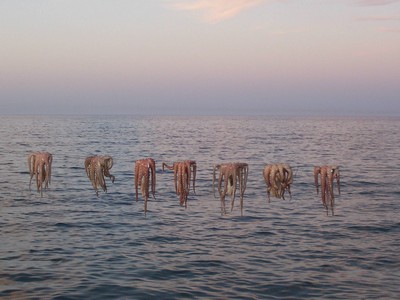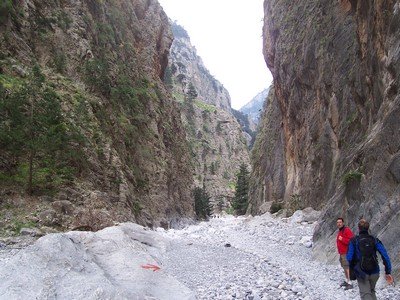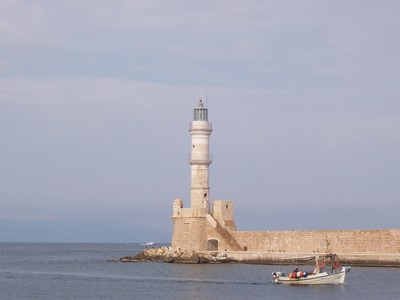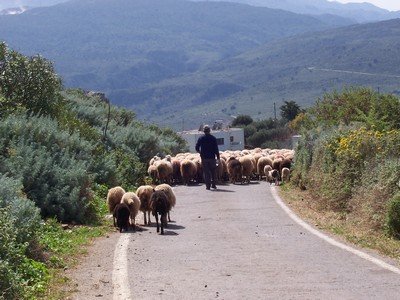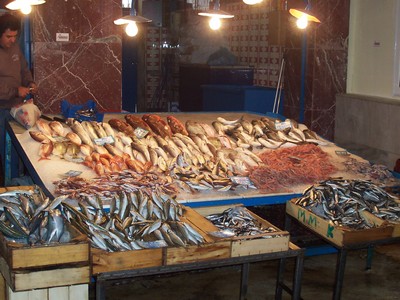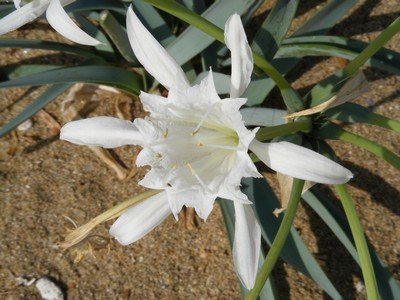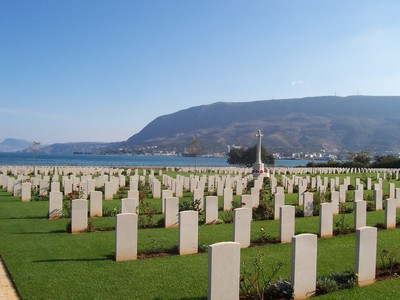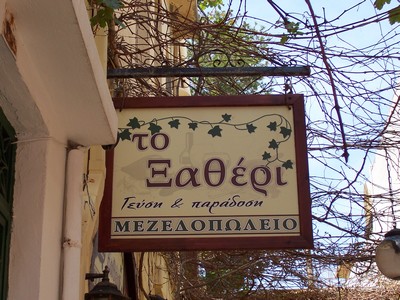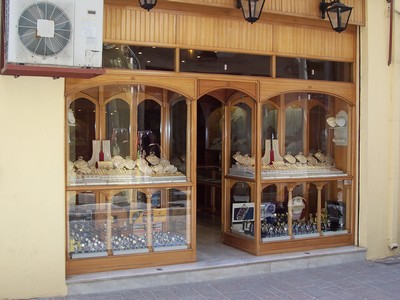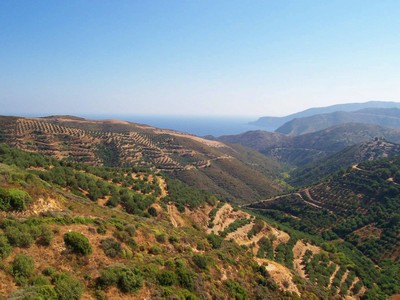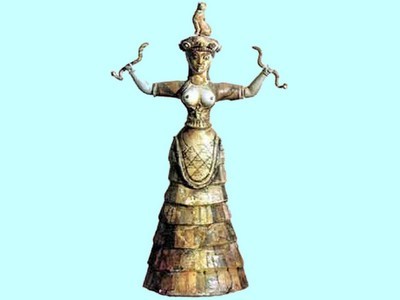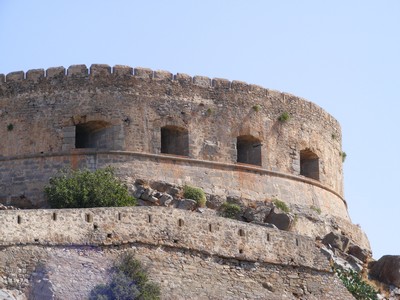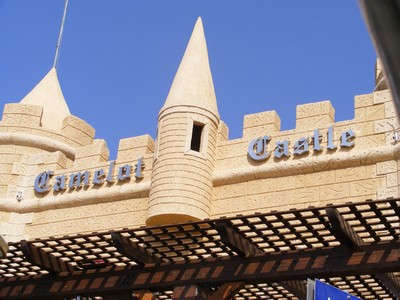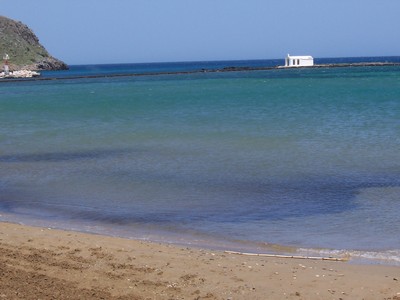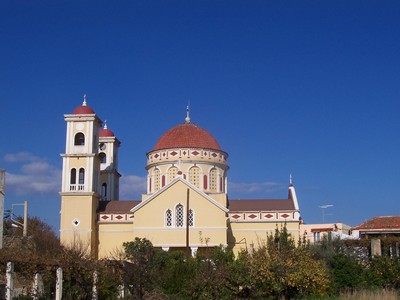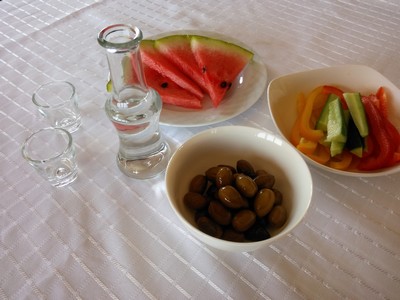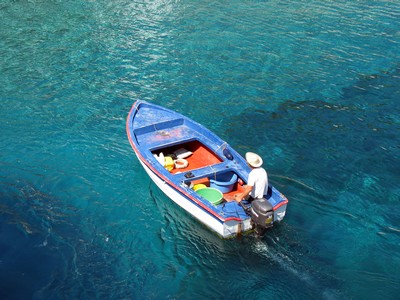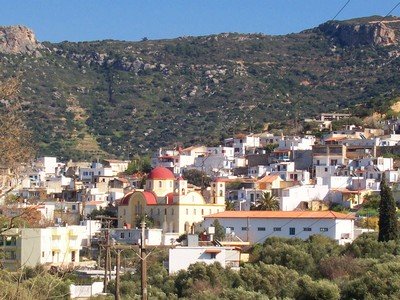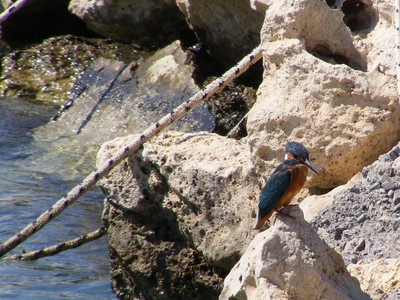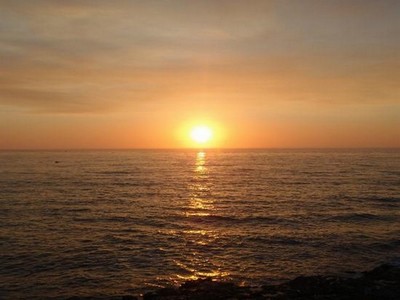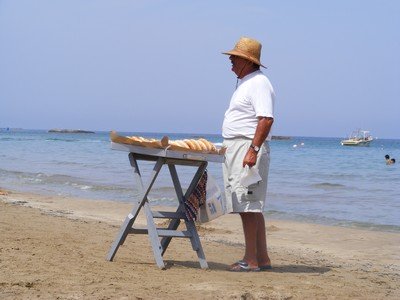Funeral in Crete
Living in Crete you cannot but notice the many cultural traditions that impact upon the lives and deaths of the Cretans. The traditions and customs associated with a Cretan funeral are dominated by the Greek Orthodox Church practice and intermingle with the local customs.
Members of the Greek Orthodox religion believe that at the moment of death, the deceased receives a partial judgment and gets a glimpse of both heaven and hell - and is thereafter sent to one of them.
The Greek Orthodox Christians believe the body of the Christian is sacred, since it was the temple of the Holy Spirit, and will be restored at the Resurrection. Cremation of the body is therefore not permitted, with burial being the only option available. (There are no crematoriums in Greece.)
A Greek Orthodox funeral in Crete usually takes place as soon as possible after death. The body is washed, dressed and placed in an open coffin at the home of the deceased. The coffin lid is placed outside the front door of the house, along with floral tributes given by close relatives.
Trisagion Service
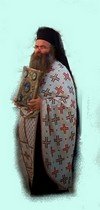
The priest is called and the Trisagion, or vigil, takes place the night before the funeral. The prayers entreat God to grant rest to the departed soul and that it may receive mercy. The title Trisagion comes from the repetition three times of the opening phrase of the service, "Holy God, Holy Mighty, Holy and Immortal, have mercy on us."
Family and friends visit the house, bringing small floral tributes and to pay their last respects to the deceased, and offer condolences to the family. They kiss the deceased on the forehead and lay flowers in the coffin. The close family usually maintain an all night vigil next to the body.
Widows or mothers of the deceased often take to wearing black for the rest of their lives. And other female members of the immediate family tend to wear black for at least 40 days. Close male relatives normally wear a black armband.
Funeral Service
The Greek Orthodox funeral service places emphasis on the reality of death and the new life of the deceased. It is a positive service featuring prayers for forgiveness and repose of the departed's soul. Priests wear white to symbolise the joy of the resurrection. Mourners are expected to wear black, formal clothing.
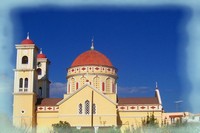
The funeral service is conducted at the church, where the body is brought on the day of burial. The family arrive at the church where the priest begins the service by meeting the family, friends, and the coffin at the front door of the church.
The priest begins chanting and leads the mourners into the sanctuary for the service.
The open coffin is placed facing east towards the altar, the direction for which Christ will rise again. The priest leads the bereaved in hymns, scripture, readings and prayers, asking God to give rest to the departed soul and forgive all sins.
To conclude, the priest pours oil and dirt on the body in the form of a cross, saying, "Wash me with hyssop and I shall be pure, cleanse me and I shall be whiter than snow".
The coffin is closed and the service ends.
Burial
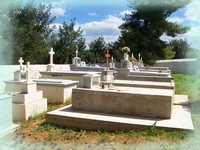
The funeral procession proceeds to the cemetery. The priest again says the Trisagion service. Family members may stay and witness the lowering of the coffin and place one flower each on the coffin.
Mercy Meal
After the burial service family and friends may go to a Kafenion, restaurant or the home for what is customarily called a "mercy meal".
Mourners share a meal called a "Makaria" to celebrate the life of the deceased. It provides an opportunity for the relatives and friends to refresh themselves and remember their loved one in an informal setting. Usually small glasses of Metaxa brandy are served.
Memorial Services
The Trisagion or memorial service is held on the Sunday closest to the 40th day after the death. The church service is often better attended than the actual funeral, with many more friends and family travelling from afar to pay their respects.
A photograph of the deceased is placed at the front of the church and each member of the congregation lights a candle as they enter the church.
Once the religious service is concluded the mourners offer their condolences to the immediate family. They in turn will be offered ‘koliva’ – a boiled wheat and honey mix. The kolyvo is symbolic of the resurrection of the dead at the Second Coming of the Lord.
St. Paul said: "What you sow does not come to life unless it dies" (1 Cor 15:34); and St. John: "Unless a grain of wheat falls into the earth and dies, it remains alone; but if it dies, it bears much fruit" (Jn 12:24).
Thereafter, there are ongoing rituals consisting of memorial services marking the 3 months anniversary of the death, 6 months, 9 months, 12 months then yearly after that. This process is called mnemosina.
Obituary Notices
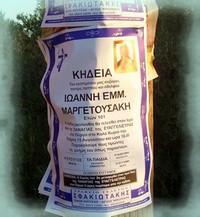
Obituary notices and memorial service notices can be seen, pinned to trees, telegraph poles and notice boards throughout a Crete village or town. They often display a picture of the deceased, their age at death, and often include a list of the family who are still in mourning.
In the case of this particular old gentlemen - he was 101 years old!
Just Some of the Reasons We Love Crete...
Did you love this page? Please share it with your friends!
© Copyright All Original Content 2006 - 2024 Completely-Crete.com. All
Rights Reserved. Reproduction in whole or in part without permission is
not permitted.
Click here to learn about developing your own money-generating website
from Solo Build It! - even with little or no web experience!
